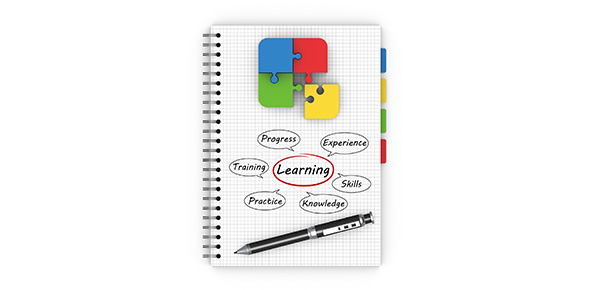Related Flashcards
Related Topics
Cards In This Set
| Front | Back |
|
Comparator
|
A person or group that someone making a claim of discrimination will compare themselves to, with the purpose of demonstrating that they have been treated differently/unfairly using that comparator as a standard
|
|
Direct discrimination
|
Discrimination that is obviously contrary to the terms of equality legislation, such as explicitly excluding people over 50 from applying for a job
|
|
Discrimination
|
Treating a person or group differently and unfairly on the basis of certain traits or characteristics, such as sexuality, gender, race, religion or disability
|
|
Diversity management perspective
|
The diversity management perspective holds that organizations should recognize difference as a positive organizational factor and should foster, value and utilize this difference for the benefit of the organization
|
|
Equality
|
The state of being equal, especially in status, rights or opportunities
|
|
Indirect discrimination
|
This occurs when a seemingly neutral provision attached to a job acts to exclude a person or group protected under equality legislation; for example, a requirement for people to be over 2m tall for a job in a shop would effectively exclude more women than men
|
|
Institutional barriers
|
Those barriers to employment or progression within employment posed by existing structures, systems and rules, which act to exclude certain groups of people, for example a lack of childcare facilities
|
|
Positive action
|
Measures undertaken with the aim of achieving full and effective equality for members of groups that are socially or economically disadvantaged
|
|
Positive discrimination
|
Preferential discriminatory treatment of a minority group over a majority group to try and counter disadvantage in the labour market
|
|
Protected grounds
|
Those identified by national institutions as relating to areas where discrimination has or is likely to occur, such as race, sex, sexual orientation, religion, age and disability, and which are subsequently covered by equality legislation
|
|
Social inclusion
|
A measure of the extent to which a person or groups can participate in aspects of society to the same level as (or relative to) the average population. Key measures of social inclusion are access to work, adequate housing, education levels and access to education, healthcare and so on
|
|
Social justice approach
|
The social justice case for equality holds that organizations have a moral and legal obligation, regardless of profit, to recognize diversity and to develop policies and procedures to ensure that people are treated in a fair and equitable manner in all facets of the business
|
|
Victimizing
|
An act that treats someone unfairly
|







